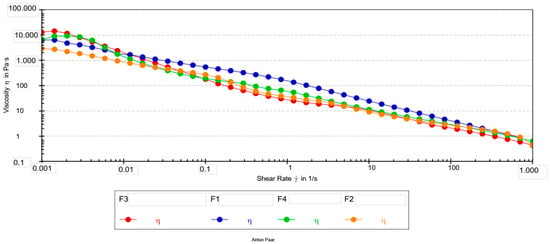- Review
Multi-Target Strategies for Enhancing Ceramide Production: A Review of Bioactive Ingredients in Cosmetic Science
- Jihye Maeng,
- Sekyoo Jeong and
- Hyunjung Kim
- + 1 author
Ceramides are central to stratum corneum barrier organization and hydration. Beyond topical replenishment, ceramide-stimulating strategies increasingly aim to enhance endogenous ceramide biosynthesis, processing, and homeostatic remodeling in coordination with keratinocyte differentiation. In this review, we summarize the three major metabolic routes that shape epidermal ceramide output—de novo synthesis, salvage, and sphingomyelin hydrolysis—and organize representative bioactive ingredients by their primary molecular targets rather than by origin. Specifically, we map ingredients to tractable regulatory nodes, including transcriptional “liposensors” (PPAR/LXR), the induction of biosynthetic/elongation and processing enzymes (e.g., SPT, CerS3, ELOVL4), the provision of structural substrates and precursors (e.g., linoleate-rich lipids and glycosylceramides), salvage-pathway sphingoid bases that can reshape ceramide subclass output, and metabolic sensing/stress-response pathways centered on AMPK–mTOR–SIRT1/autophagy. Across these mechanisms, agents spanning botanical and fermented extracts, vitamins, sphingoid intermediates, lipid precursors, and pathway modulators (including autophagy-focused probes) have been reported to increase ceramide abundance and, in some contexts, favor barrier-relevant ultra-long-chain species and ω-O-acylceramides that support lamellar organization and the corneocyte lipid envelope. Translational and clinical studies in dry, sensitive, and aged skin generally associate such interventions with improved barrier function and reduced dryness. Aligning ingredient selection with defined biosynthetic and processing checkpoints—and verifying outcomes with lipidomics alongside clinical endpoints—may accelerate the development of evidence-based, ceramide-stimulating cosmetics.
1 January 2026


![Overview of Major Ceramide Metabolic Pathways and Regulation Mechanisms. This schematic illustrates ceramide as the central metabolic hub, outlining its primary biosynthesis (De novo, SM hydrolysis, salvage) and catabolism pathways, along with key enzymatic inhibitors and biological factors that modulate its homeostasis based on refs. [13,14]. ER, endoplasmic reticulum; SPT, Serine Palmitoyltransferase; KDSR, 3-Ketodihydrosphingosine Reductase; CerS, Ceramide Synthase; DES1, Dihydroceramide Desaturase 1; SMS, Sphingomyelin Synthase; SMase, Sphingomyelinase; CerK, Ceramide Kinase; CerS, Ceramide Synthase; GCS, Glucosylceramide Synthase; D-PPMP, D-threo-1-phenyl-2-decanoylamino-3-morpholino-1-propanol; CDase, Ceramidase; NOE, N-oleoylethanolamine; DMAP, 4-(Dimethylamino)-pyridine; SphK, Sphingosine Kinase; S1P, Sphingosine-1-phosphate; SPL: Sphingosine-1-phosphate Lyase; TNF-α, Tumor Necrosis Factor-alpha; IFN-γ, Interferon-gamma. Arrows indicate the direction of metabolic conversion; bar-headed lines indicate inhibition.](https://mdpi-res.com/cosmetics/cosmetics-13-00008/article_deploy/html/images/cosmetics-13-00008-g001-550.jpg)
![Mitochondrial oxidative stress as a driver of skin dysfunction. Overproduction of mitochondrial reactive oxygen species leads to redox imbalance, reduced ATP synthesis, and mtDNA damage, resulting in impaired cellular metabolism and mitochondrial integrity. These changes contribute to barrier disruption, inflammation, reduced regenerative capacity, and hair loss at the tissue level [own work].](https://mdpi-res.com/cosmetics/cosmetics-13-00007/article_deploy/html/images/cosmetics-13-00007-g001-550.jpg)



